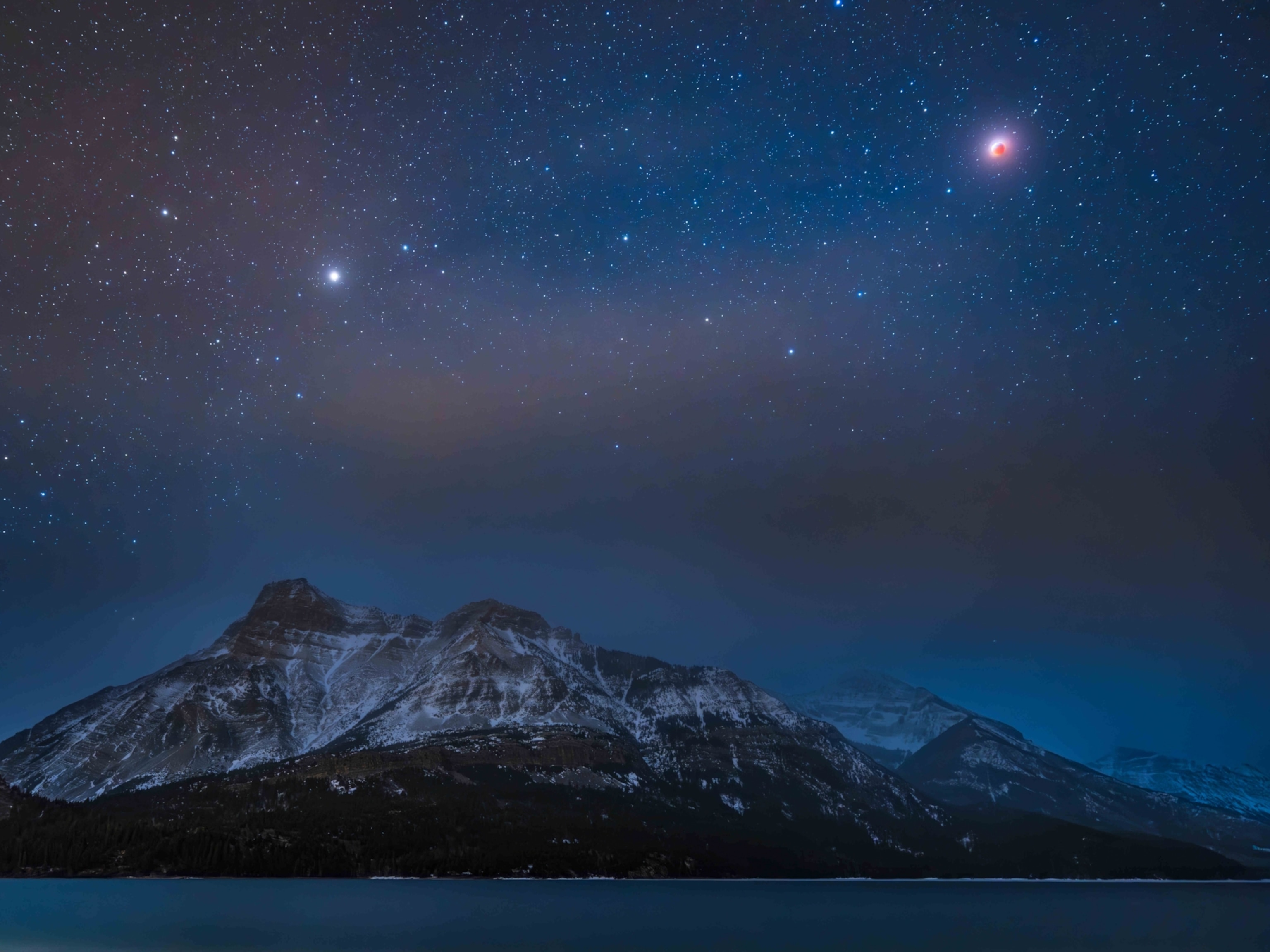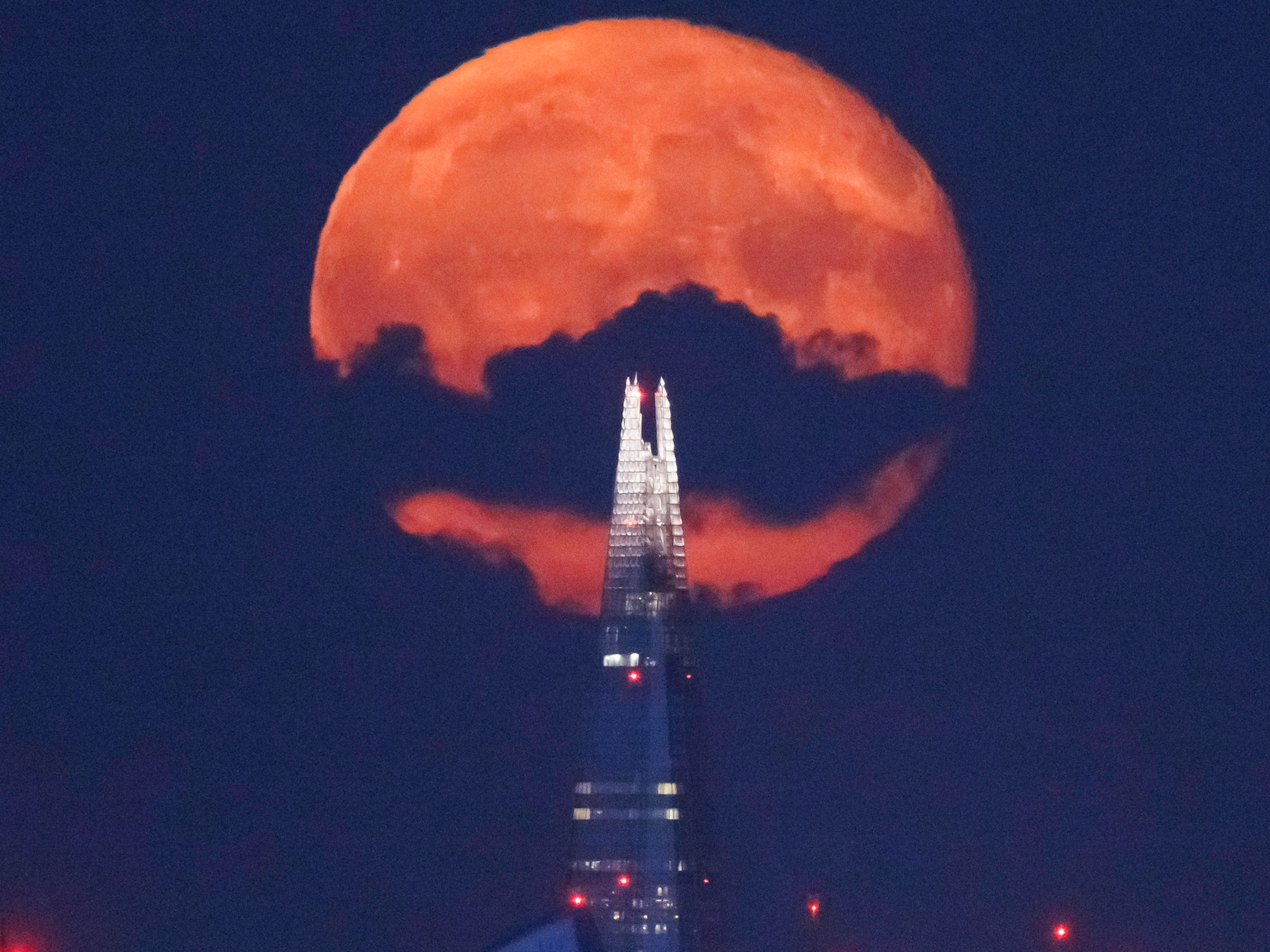
Rare Halloween 'Black Moon' Explained
Find out what a black moon is, where it will appear, and why this year’s dark orb is a celestial oddity.
Darkness will reign on the spookiest night of the year, with the arrival of a “black moon” on Halloween.
Although it’s not a term used by astronomers, black moon has become the popular moniker for the second new moon to fall in a calendar month. It’s the opposite of a blue moon, which is often defined as the second full moon in a month.
For parts of East Asia, Australia, and New Zealand, the new moon occurs on October 31 at 4:38 a.m. local time (5:38 p.m. UTC on October 30). This region already saw an October new moon on the first of the month, making the Halloween event a black moon.
It’s unclear, though, whether the countries experiencing this festive sky show (or lack thereof) will fall under its dark spell.
Halloween has been picking up steam in Japan only recently thanks to U.S. influences like Disney theme parks, according to Brian Ashcraft at Kotaku. American traditions like orange pumpkins and costume parties are popping up with greater frequency, but Japan does put its unique cultural spin on things: Local McDonald’s branches, for instance, serve Halloween fries drizzled with purple yam and chocolate sauce.
And even with its delightful menagerie of bats, venomous snakes, and party-ready spiders, Australia has long decried Halloween as an unwanted piece of American culture—despite the fact that the holiday is drawn from Celtic ritual.
Unfortunately for the naysayers, the rise of social media seems to be driving an uptick in costumes and decorations down under: According to the Sydney Morning Herald, local crafts store Spotlight expects to sell 40,000 fake spiderwebs this year, based on last year’s record Halloween receipts.
Blackest Night
In the United States, where Halloween remains one of the most popular holidays, night-walkers won’t get their next October 31 black moon until 2081. Still, it will be a new moon no matter where you live, and Halloween revelers around the world will be able to lurk this year underneath a largely moonless sky.
The moon goes through these predictable phases because of the way it moves in relation to Earth and the sun. For starters, the moon takes about as long to spin once on its axis as it takes to complete an orbit around Earth. That’s why, even though the moon is rotating, the same side of the lunar orb always faces our home planet.
The moon also shines with light reflected from the sun, and the lighted side isn’t always the one facing us. Astronomically speaking, there is no dark side of the moon, as the side that faces away from Earth still gets its fair share of sunshine.
From our vantage point, we see the moon appear to change shape over the course of a month, fading from a brilliant orb to a thin crescent and then swelling back up again. When the moon moves between Earth and the sun so that its unlit side faces us, we get a new moon.
Because the lunar phases are slightly out of synch with the Gregorian calendar, some months can see two full moons or two new moons. The bonus new moon phase appears on a roughly 32-month cycle, although the exact dates change over time.
Aside from the fact that the lunar disk goes dark, it’s almost impossible to see a true new moon because it rises and sets very close to the sun and is usually lost in its glare. At night, a sliver of lunar crescent is technically visible during the new moon phase. A solar eclipse—when the moon seems to blot out the sun—is the only time you can easily see a new moon.





